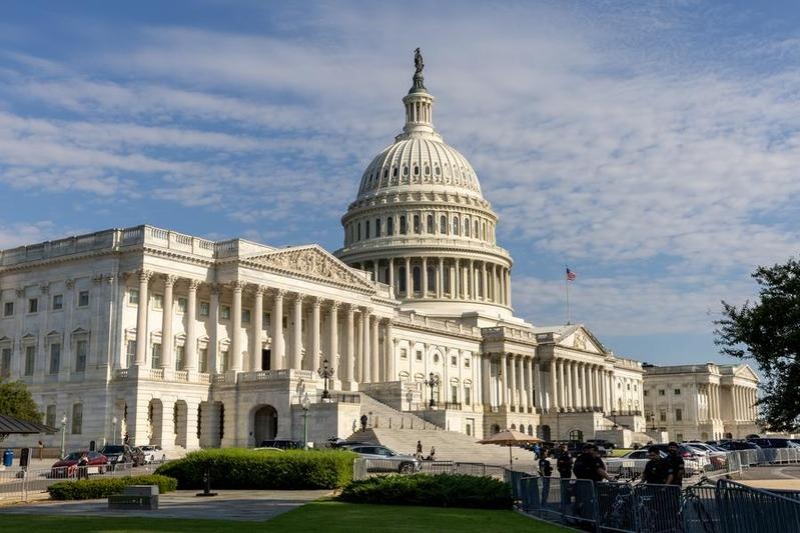Rise of macro-regions and dollar's decline


Many studies have highlighted the ongoing transformation of the global landscape toward the formation of economic macro-regions. Leading international organizations specializing in finance (such as the International Monetary Fund), fair competition and market economy development (OECD), and global trade (the World Trade Organization), too, have noted the fragmentation of the global economic system and new geopolitical centers shaping its future dynamics.
Until recently, the process was assessed strictly in negative terms. According to estimates based on mathematical modeling, the emergence of new barriers (such as import tariffs, diverting of foreign direct investment, and localization of specific nodes in global supply chains) could reduce GDP of many countries by between 0.2 percent and 12 percent. The shift toward technological autarky, according to IMF forecasts, was considered a highly adverse scenario for all economies, with the scale of consequences depending on the degree of openness in each economic system.
Notably, these same organizations have recently begun to offer alternative assessments. Last month, the IMF published a study analyzing the consequences of the emerging era of macro-regions, the shift in global trade toward fragmentation, and the imposition of US tariffs and sanctions on other countries. The main conclusion is no longer about defensive measures, but rather about the strategic value of reconfiguring external economic relations in favor of building regional trade groupings.
Whereas the IMF previously forecast unequivocal losses from fragmentation, it now estimates that deeper regionalization could lead to a 0.3 percent increase in global GDP. Another key finding is that the damage to the US would be comparable to that suffered by China, and that retaliatory tariffs would only increase the losses. Overall, in the trade war launched by the US, the winners will not be the initiator, but those who act quickly to build new trade ties and form macro-regional groupings based on opportunities. As a result, the overall outcome can be positive for countries that benefit from timely adjustments.
Should recent developments be seen as a geopolitical confrontation, or are they the natural result of earlier trends? It appears that local military conflicts and the restructuring of trade routes are more symptoms than causes. Historical data show that since the beginning of this century, both the role of the US dollar and the share of the US in the global economy have been steadily declining.
Although the dollar remains the world's dominant currency, it can no longer fully support the servicing of debt because of the widening fiscal and trade deficits. Also, regional powers are strengthening their positions by establishing their own trade zones and conducting cross-border payments in national currencies.
Global debt is estimated to be about $330 trillion, roughly 300 percent of global GDP. But it is the US' debt that carries the most systemic weight, as it underpins central bank reserves, debt securities and much more. Importantly, the US' federal debt has surpassed $37 trillion, or about 127 percent of its GDP, with annual interest payments now exceeding $1 trillion.
In essence, the US has long been living on borrowed money, and the US Federal Reserve may soon be unable to maintain stability if the current situation continues, simply because it faces a monetary dilemma of curbing inflation while boosting economic growth. As a result, the contradiction between the global role of the dollar and the resilience of its issuer has become increasingly apparent.
In this context, the laws passed by the US Congress at the end of July (the GENIUS Act, CLARITY Act and the Anti-CBDC Act), which lay the foundation for a decentralized cryptocurrency infrastructure beyond the Fed's control, represent a logical attempt to mitigate the looming debt crisis.
This crisis could significantly weaken the US economy in the medium term and affect the global macroeconomic system. If the influence of the dollar-based financial system begins to decline, rapidly rather than gradually, this alternative framework may, in theory, help preserve a portion of capital. Transactions between participants would take place directly through smart contracts, and the system itself would be highly scalable. In addition, crypto assets have unlimited capitalization potential and can be used to absorb excess liquidity, effectively acting as a financial vacuum. At the same time, most cryptocurrencies are highly sensitive to information shocks and therefore tend to be extremely volatile.
It is difficult to predict the exact trajectory of these processes, but the overall sequence may unfold as follows:
2025-26: institutionalization of cryptocurrencies in key countries around the world;
2026-27: peak debt pressure and a decline in the dollar's share of global reserves by 10-15 percentage points;
2028-29: formation of macro-regional crypto zones;
2030-35: reduction of the dollar's share in global reserves to about 30 percent, alongside the growing role of the yuan as a macro-regional currency in Eurasia and Africa;
2040-45: end of the dollar era and the termination of its function as a global anchor currency (this corresponds with our projections based on the dynamics of the national power index, as outlined in our publication) in the South China Morning Post.
What makes the steps taken by the US Congress flawed, and why are these laws unlikely to maintain the dominance of the dollar? As noted earlier, the dollar is losing its ability to fulfill its global role, while decentralized cryptocurrencies lack the most crucial attribute: broad trust among global market participants.
On the contrary, as the financial center of gravity shifts toward Asia and tightly regulated digital platforms are developed in parallel, the dollar will continue to lose its unique status. A growing share of international transactions will be conducted in yuan, rubles, dirhams and rupees.
Thus, financial fragmentation is bound to follow the fragmentation of global trade. The world will remain global in nature, as its informational connectivity persists and transport integration continues to grow.
However, a shift toward polycentricity is underway. The era of a single hegemon is giving way to multipolarity and new growth centers, which could ultimately make the global economic system more resilient. Currency diversification and trade fragmentation encourage fair competition, broaden the range of options, and help shape a more stable and balanced global economy. Arguably, leadership will belong to whoever is first to offer a reliable digital financial platform capable of uniting economic participants, both globally and regionally.
The author is director of Central Economics and Mathematics Institute (Russian Academy of Sciences) and a professor at Lomonosov Moscow State University.
The views don't necessarily reflect those of China Daily.
If you have a specific expertise, or would like to share your thought about our stories, then send us your writings at opinion@chinadaily.com.cn, and comment@chinadaily.com.cn.


































